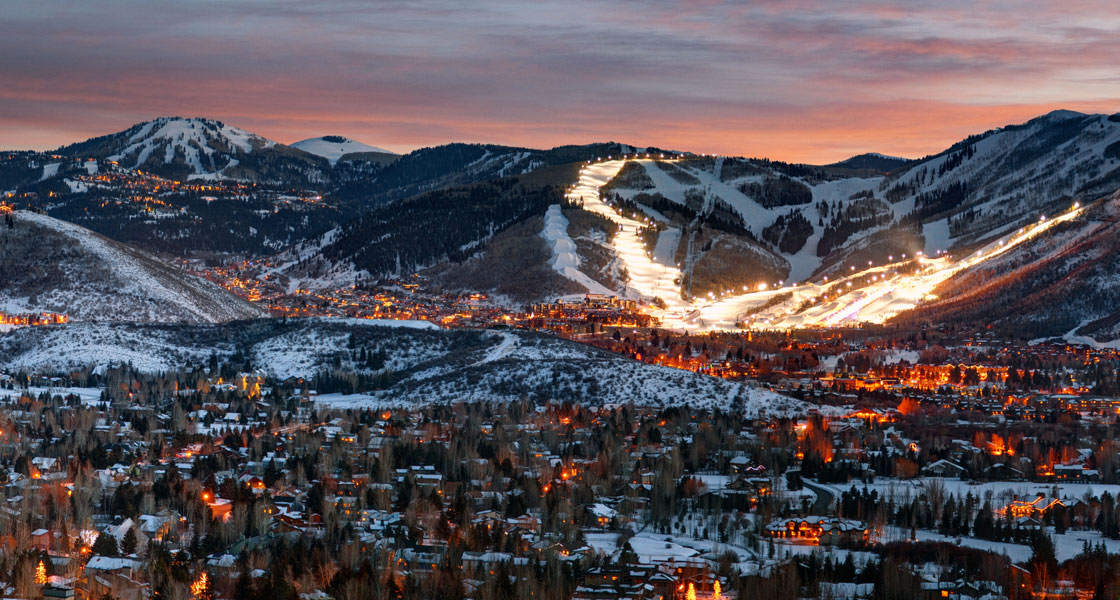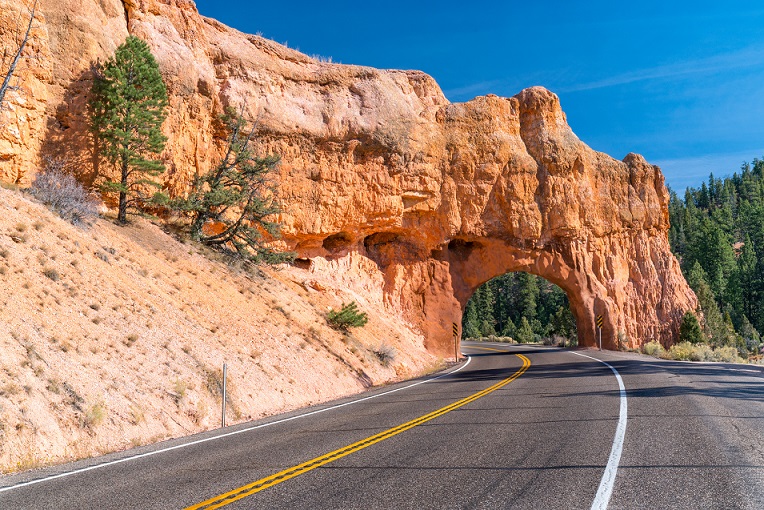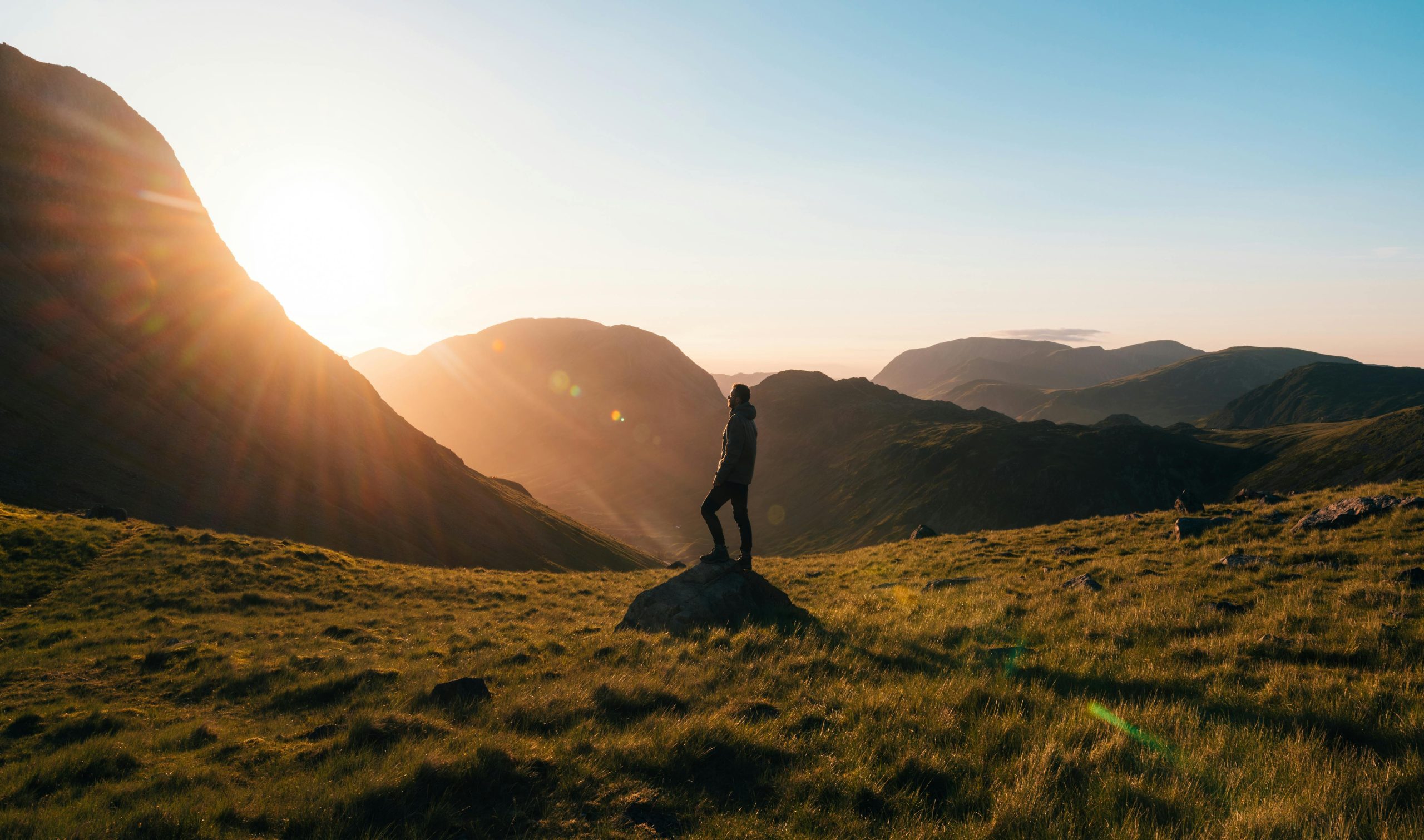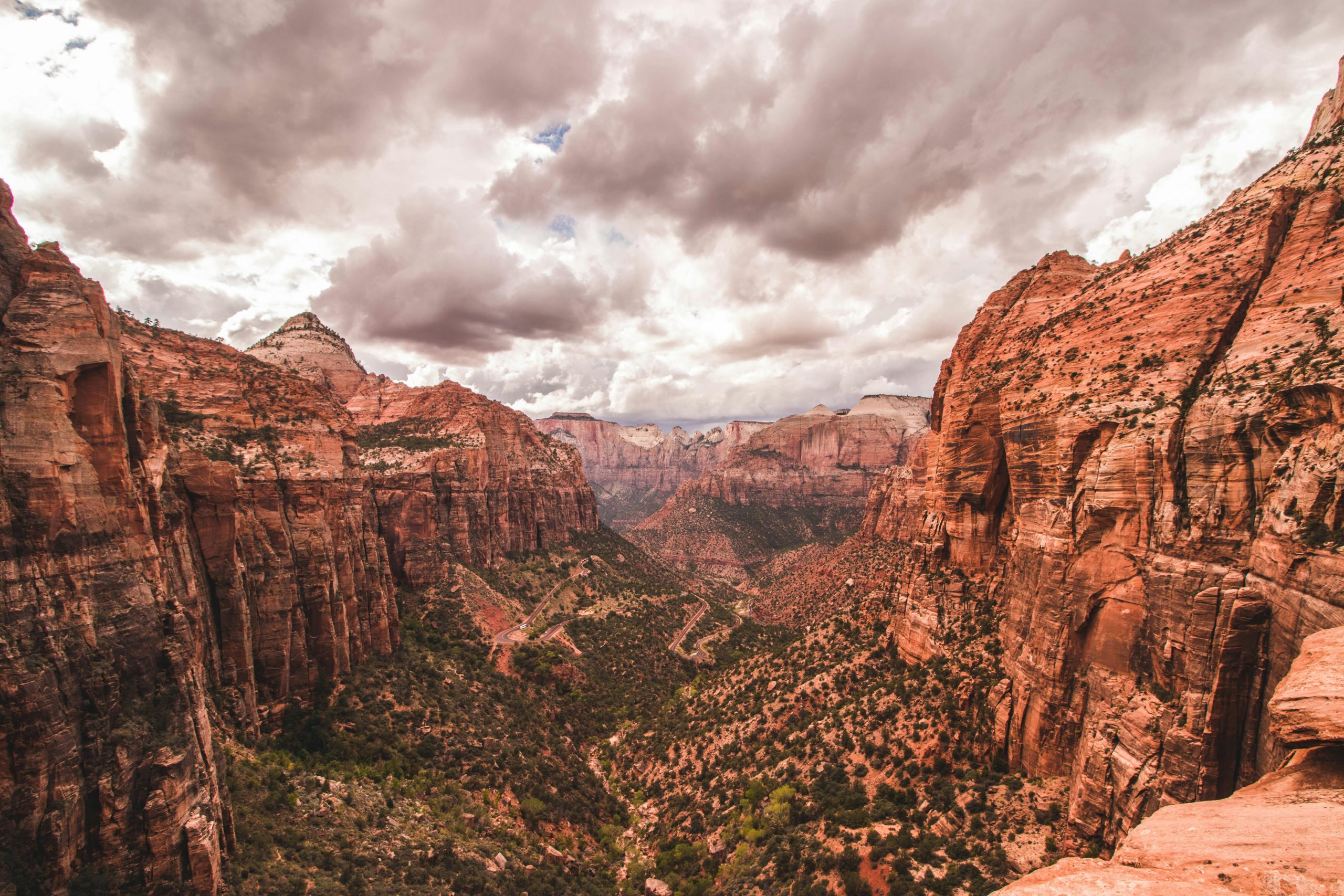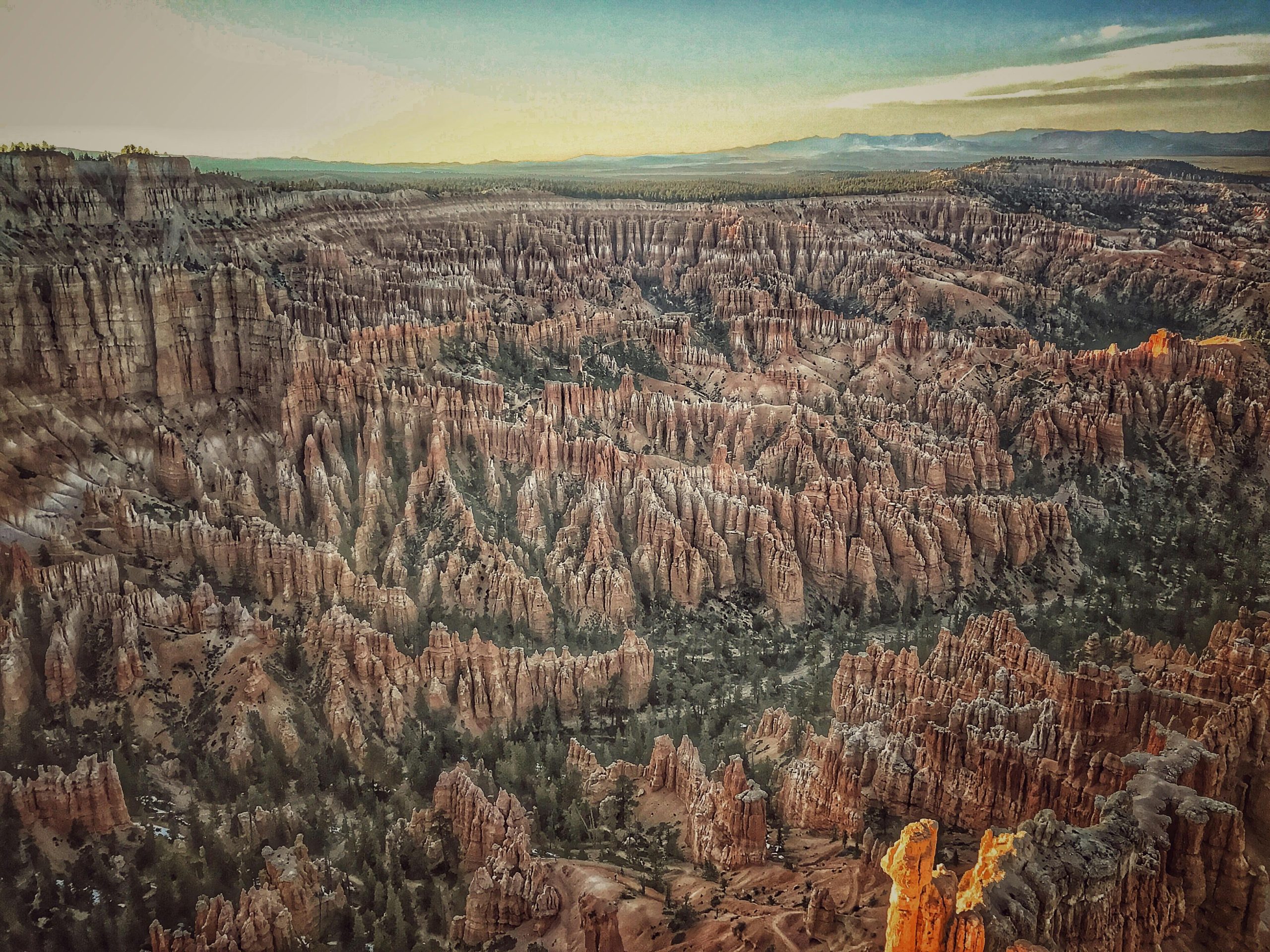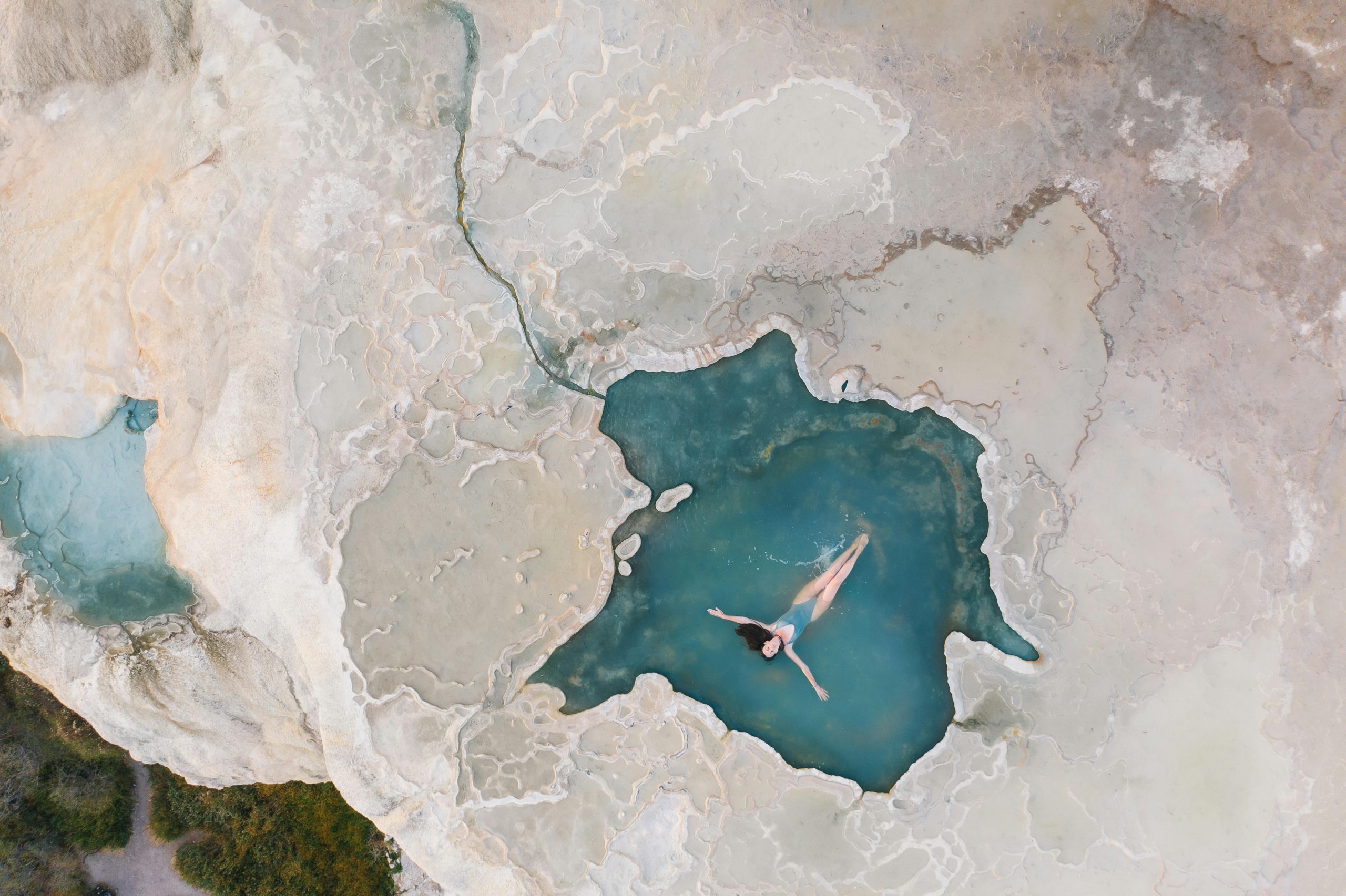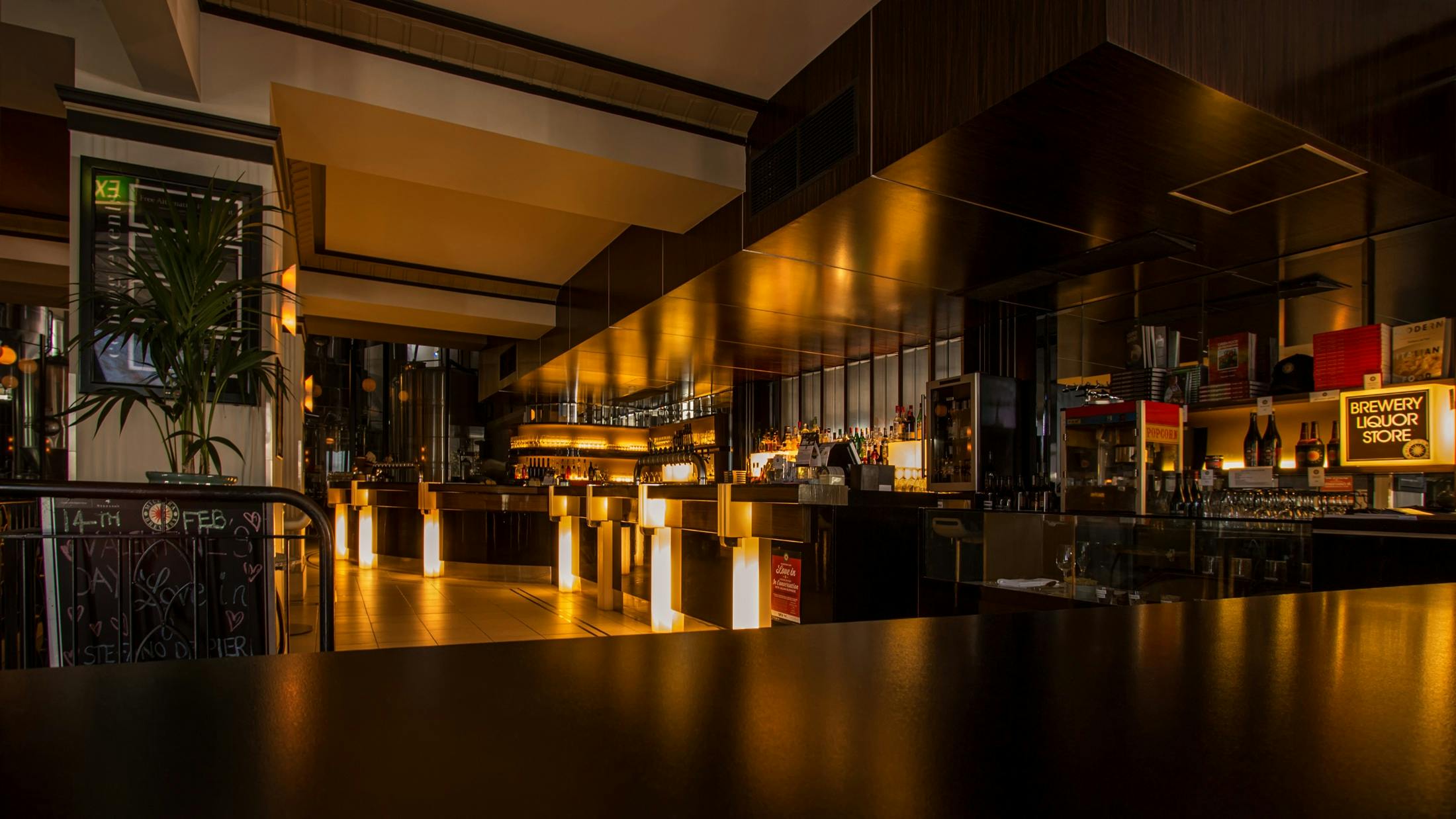Discover Utah’s most charming small towns, from pioneer villages to artist havens
While Utah’s national parks and Salt Lake City attract millions of visitors annually, the state’s small towns offer a different kind of magic. These charming communities preserve pioneer history, foster thriving arts scenes, serve as gateways to outdoor adventures, and showcase authentic Western hospitality. From historic main streets lined with brick buildings to artistic enclaves surrounded by stunning landscapes, Utah’s small towns reward travelers who venture off the interstate.
This guide explores 12 of Utah’s best small towns, each with its own unique character and attractions. Whether you’re seeking world-class dining, outdoor recreation, cultural experiences, or simply a peaceful escape, these towns offer memorable experiences beyond Utah’s famous natural wonders.
1. Springdale: Gateway to Zion
Population: ~600
Location: Southwestern Utah, at Zion National Park’s main entrance
Nestled in a narrow canyon beneath towering red cliffs, Springdale is one of America’s most spectacularly situated small towns. The Virgin River runs through the town center, while Zion’s famous formations loom overhead. Despite being Utah’s most visited national park gateway, Springdale maintains an artsy, laid-back vibe with excellent restaurants, galleries, and accommodations.
Why Visit
- Unbeatable location: Walk to Zion’s main entrance and access the park’s free shuttle
- Outstanding dining: Restaurants like King’s Landing Bistro, Zion Pizza & Noodle, and Spotted Dog Café offer surprisingly sophisticated fare
- Art galleries: Browse local art and photography at galleries along the main street
- Adventure outfitters: Rent gear, book tours, or take a shuttle to trailheads from numerous local companies
Don’t Miss
Walk the Zion Canyon Scenic Drive before 7 AM when it’s open to private vehicles, browse the farmers market on summer Saturdays, and watch sunset paint the cliffs from the Bumbleberry Restaurant patio.
2. Moab: Adventure Capital of Utah
Population: ~5,300
Location: Southeastern Utah, between Arches and Canyonlands National Parks
Moab has evolved from a quiet mining town into the outdoor adventure capital of the Southwest. Surrounded by red rock landscapes and two spectacular national parks, this energetic small city attracts mountain bikers, rock climbers, off-roaders, and hikers from around the world. Despite its popularity, Moab retains a welcoming small-town feel with locally-owned restaurants, breweries, and shops.
Why Visit
- World-class mountain biking: Ride the famous Slickrock Trail or explore hundreds of miles of desert singletrack
- Two national parks: Arches is 5 miles away, Canyonlands’ Island in the Sky is 32 miles
- Vibrant food scene: Excellent restaurants including Desert Bistro, Quesadilla Mobilla, and Eklecticafe
- Craft breweries: Sample local beers at Moab Brewery, Desert Bistro, and Moab Distillery
- River trips: Float or raft the Colorado River through stunning red rock canyons
Don’t Miss
Drive the scenic Highway 128 along the Colorado River, watch sunset from Dead Horse Point State Park, and explore the shops and galleries along Main Street.
3. Park City: Mountain Resort Town with Western Charm
Population: ~8,500
Location: Wasatch Mountains, 35 minutes from Salt Lake City
Once a rough-and-tumble silver mining town, Park City has transformed into an upscale mountain resort while preserving its historic Main Street. The town hosted events during the 2002 Winter Olympics and annual Sundance Film Festival, but maintains an authentic Western character. World-class skiing in winter and mountain biking in summer combine with sophisticated dining and shopping.
Why Visit
- Historic Main Street: Beautifully preserved Victorian buildings house restaurants, galleries, and shops
- World-class skiing: Access three major resorts: Park City Mountain, Deer Valley, and Woodward
- Year-round activities: Mountain biking, hiking, alpine slides, hot air balloons, and more
- Exceptional dining: High-end restaurants like Riverhorse on Main, Handle, and Butcher’s Chop House
- Sundance Film Festival: Experience independent cinema every January
Don’t Miss
Ride the free trolley along Main Street, tour the Park City Museum to learn about mining history, and take the Town Lift for panoramic mountain views.
4. Torrey: Capitol Reef’s Hidden Gem
Population: ~250
Location: South-central Utah, just west of Capitol Reef National Park
This tiny town punches well above its weight with excellent restaurants, comfortable accommodations, and stunning red rock scenery. Set at the junction of Highway 12 and Highway 24, Torrey serves as the perfect base for exploring Capitol Reef National Park while offering more services and better dining than you’d expect in such a small community.
Why Visit
- Outstanding restaurants: Café Diablo and Capitol Reef Inn & Café serve creative cuisine in a casual atmosphere
- Capitol Reef access: Just 11 miles from the park entrance, perfect for exploring Utah’s most underrated national park
- Dark skies: Minimal light pollution makes for spectacular stargazing
- Scenic byways: Located on Highway 12, one of America’s most beautiful roads
Don’t Miss
Visit Capitol Reef’s orchards during fruit picking season, drive Highway 24 at sunset for incredible light on the rock formations, and browse local art at Robbers Roost Books & Coffee.
5. Kanab: Base Camp for the Grand Circle
Population: ~4,900
Location: Southern Utah, near the Arizona border
Strategically located in the heart of the Grand Circle, Kanab provides easy access to five national parks, several state parks, and Grand Staircase-Escalante National Monument. Once known as Little Hollywood for the many Western films shot nearby, the town now attracts travelers seeking to explore the region’s spectacular slot canyons, rock formations, and wilderness areas.
Why Visit
- Central location: Within 90 minutes of Zion, Bryce Canyon, North Rim Grand Canyon, and Lake Powell
- Wave permits: Apply for walk-in permits to the famous Wave formation at the BLM office
- Film history: Tour movie sets and learn about Hollywood’s Western era
- Slot canyons: Access incredible slot canyon hikes including Peek-a-Boo and Spooky Gulch
Don’t Miss
Visit Best Friends Animal Sanctuary, explore Coral Pink Sand Dunes State Park, and check out the Western movie sets at old Paria townsite.
6. Garden City: Bear Lake’s Beach Town
Population: ~600
Location: Northern Utah, on the shores of Bear Lake
This small resort town on Bear Lake’s western shore offers a unique Utah beach experience. Known as the Caribbean of the Rockies for its stunning turquoise waters, Bear Lake draws summer visitors for swimming, boating, and water sports. Garden City provides beach access, boat rentals, campgrounds, and the famous Bear Lake raspberry shakes.
Why Visit
- Unique lake color: Bear Lake’s turquoise blue waters are unlike anything else in Utah
- Beach activities: Swimming, kayaking, paddleboarding, and jet skiing
- Raspberry shakes: Try the famous Bear Lake raspberry shakes at LaBeau’s or Zipz
- Logan Canyon access: Beautiful drive through Logan Canyon to get here
Don’t Miss
Rent a boat or jet ski, swim at Bear Lake State Park’s beaches, and visit during the annual Raspberry Days festival in August.
7. Blanding: Gateway to Natural Bridges
Population: ~3,700
Location: Southeastern Utah, near Natural Bridges National Monument
This quiet town in Utah’s high desert serves as a base for exploring Natural Bridges National Monument, Monument Valley, and the less-visited corners of southeastern Utah. Blanding offers an authentic look at rural Utah life and serves as a gateway to incredible archaeological sites including ancient Puebloan ruins.
Why Visit
- Archaeological sites: Visit Edge of the Cedars State Park Museum with its ancient Puebloan ruins
- Natural Bridges: Explore this spectacular but uncrowded national monument
- Dark Sky Park: Natural Bridges was the world’s first International Dark Sky Park
- Remote beauty: Experience southeastern Utah without the crowds
Don’t Miss
Tour the Edge of the Cedars ruins and museum, drive the scenic Moki Dugway switchbacks, and explore Butler Wash petroglyphs.
8. Escalante: Adventure Town in the Desert
Population: ~800
Location: South-central Utah, on Highway 12
This small town on scenic Highway 12 serves as the main base for exploring Grand Staircase-Escalante National Monument’s vast wilderness. Despite its tiny size, Escalante offers good restaurants, comfortable lodging, and outfitters who can guide adventures into the surrounding slot canyons, arches, and badlands.
Why Visit
- Slot canyon access: Base for exploring incredible slot canyons like Zebra, Spooky, and Peek-a-Boo
- Calf Creek Falls: Hike to this spectacular 126-foot waterfall just outside town
- Backcountry hiking: Access some of Utah’s best wilderness backpacking
- Highway 12: Located on one of America’s most scenic roads
Don’t Miss
Hike Calf Creek Falls, explore slot canyons with a guide, and drive the Hole-in-the-Rock Road for remote desert landscapes.
9. Panguitch: Charm and History
Population: ~1,600
Location: Southwestern Utah, between Bryce Canyon and Cedar Breaks
This historic pioneer town features one of Utah’s best-preserved main streets, with dozens of red brick buildings dating to the late 1800s. Panguitch serves as a quieter, more affordable alternative to staying near Bryce Canyon while offering authentic small-town character, antique shops, and good restaurants.
Why Visit
- Historic architecture: Walk Main Street lined with beautifully preserved brick buildings
- Bryce Canyon proximity: Just 24 miles from the park with more affordable lodging
- Antique shopping: Browse numerous antique stores and vintage shops
- Red Canyon: Stunning red rock formations just minutes away
Don’t Miss
Walk the historic main street, visit Panguitch Lake for fishing and camping, and explore nearby Red Canyon’s hoodoos and arches.
10. Heber City: Mountain Valley Beauty
Population: ~16,800
Location: Wasatch Mountains, 45 minutes from Salt Lake City
Nestled in the scenic Heber Valley surrounded by mountains, this charming town offers small-town atmosphere with easy access to outdoor recreation. Heber City serves as a base for exploring nearby Deer Creek and Jordanelle reservoirs, accessing Wasatch Mountain State Park, and riding the historic Heber Valley Railroad.
Why Visit
- Heber Valley Railroad: Ride a historic steam train through the beautiful valley
- Water recreation: Access to Deer Creek and Jordanelle reservoirs for boating and fishing
- Scenic valley: Beautiful mountain views in every direction
- Swiss Days: Annual September festival celebrating the area’s Swiss heritage
Don’t Miss
Ride the Heber Valley Railroad, golf at the Wasatch Mountain State Park courses, and drive the Mirror Lake Scenic Byway into the Uinta Mountains.
11. Midway: Swiss Alpine Village
Population: ~6,000
Location: Heber Valley, 45 minutes from Salt Lake City
This charming town embraces its Swiss heritage with alpine architecture, Swiss-themed shops, and European ambiance. Midway is home to the famous Homestead Crater, a 55-foot tall geothermal spring inside a limestone dome where visitors can swim, snorkel, or scuba dive year-round. The town offers upscale resorts, excellent restaurants, and a relaxed mountain village atmosphere.
Why Visit
- Homestead Crater: Swim in a 90°F natural hot spring inside a limestone dome
- Swiss atmosphere: Alpine architecture and Swiss-themed businesses create unique ambiance
- Luxury resorts: Stay at Zermatt Resort or Blue Boar Inn for upscale mountain getaways
- Ice Castles: Visit the magical ice castle attraction in winter months
Don’t Miss
Swim in Homestead Crater, attend the annual Swiss Days festival, and enjoy fine dining at Blue Boar Inn or Talisker on Main.
12. Logan: College Town with Mountain Charm
Population: ~52,000
Location: Cache Valley, northern Utah
Home to Utah State University, Logan combines college town energy with small-town friendliness and stunning mountain scenery. The historic downtown features beautiful architecture, locally-owned shops, and excellent restaurants. Logan Canyon provides immediate access to outdoor recreation, while the Cache Valley setting offers pastoral beauty.
Why Visit
- Logan Canyon: Spectacular scenic drive with hiking, rock climbing, and fishing
- Historic downtown: Beautiful Main Street with local shops, galleries, and restaurants
- Utah Festival Opera: Professional opera and musical theater performances each summer
- Bear Lake access: Beautiful drive through Logan Canyon to Bear Lake
Don’t Miss
Tour the American West Heritage Center, hike Wind Caves in Logan Canyon, attend a Utah Festival Opera performance, and sample Aggie Ice Cream at Utah State University.
Planning Your Utah Small Towns Road Trip
Sample Itineraries
Southern Utah Small Towns Loop (5-7 days):
- Springdale → Kanab → Escalante → Torrey → Panguitch → Springdale
Northern Utah Mountain Towns (3-4 days):
- Park City → Heber City → Midway → Logan → Garden City
Eastern Utah Adventure Loop (4-5 days):
- Moab → Blanding → Natural Bridges → Monument Valley → Moab
Tips for Visiting Utah Small Towns
- Book accommodations early: Small towns have limited lodging that fills quickly during peak seasons
- Support local businesses: Eat at local restaurants, shop at independent stores, and hire local guides
- Check seasonal hours: Some businesses have limited hours or close during winter months
- Fill up with gas: Distances between towns can be long with limited services
- Respect local culture: Many Utah towns have strong religious traditions and conservative values
- Chat with locals: Small-town residents often provide the best recommendations and local insights
Best Times to Visit
Spring (March-May): Pleasant weather, wildflowers blooming, fewer crowds, some high-elevation roads may still be closed
Summer (June-August): Peak season with all attractions open, hot in southern Utah, perfect weather in mountain towns
Fall (September-October): Ideal weather, spectacular fall colors in mountain areas, comfortable temperatures in southern Utah
Winter (November-February): Fewer crowds, winter activities in mountain towns, some southern Utah towns less busy, check road conditions
Utah’s small towns offer authentic experiences that complement the state’s famous natural attractions. From historic pioneer settlements to mountain resort communities, from desert outposts to lakeside villages, these charming towns provide comfortable bases for exploration, excellent dining, and genuine Western hospitality. Take time to slow down, chat with locals, and discover the character that makes each Utah small town special.
For more Utah travel guides, check out our articles on national parks, scenic byways, and hiking trails on the Discover Utah blog.
